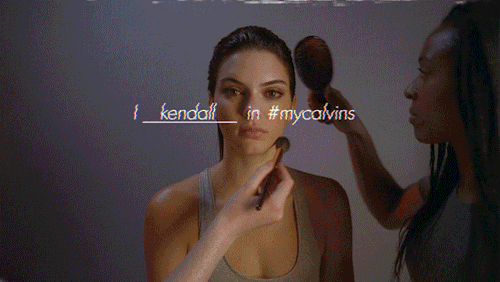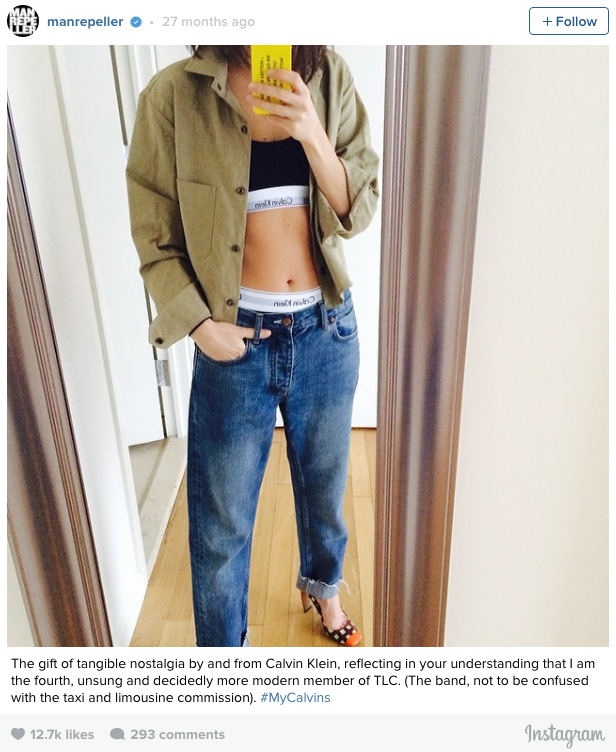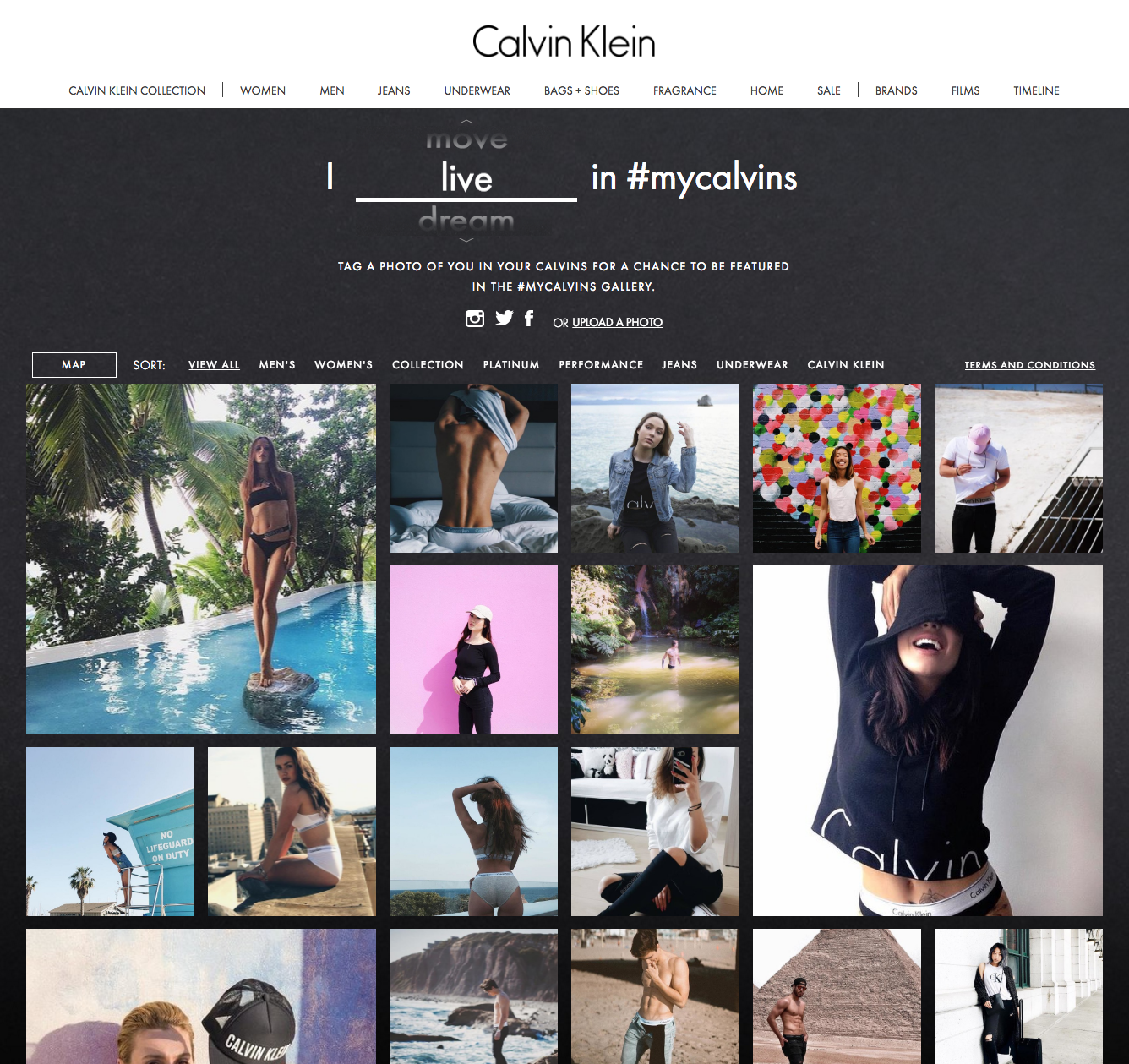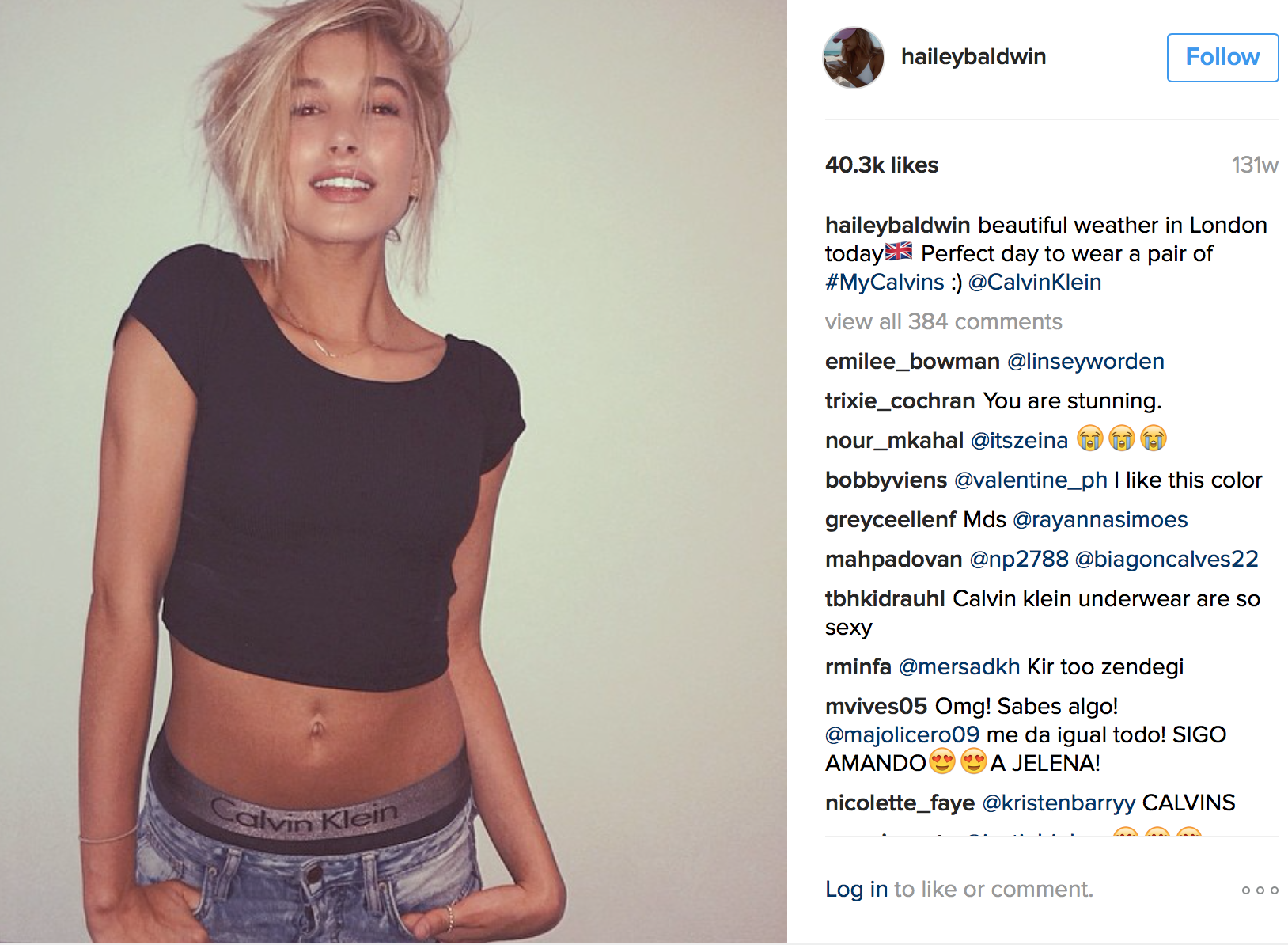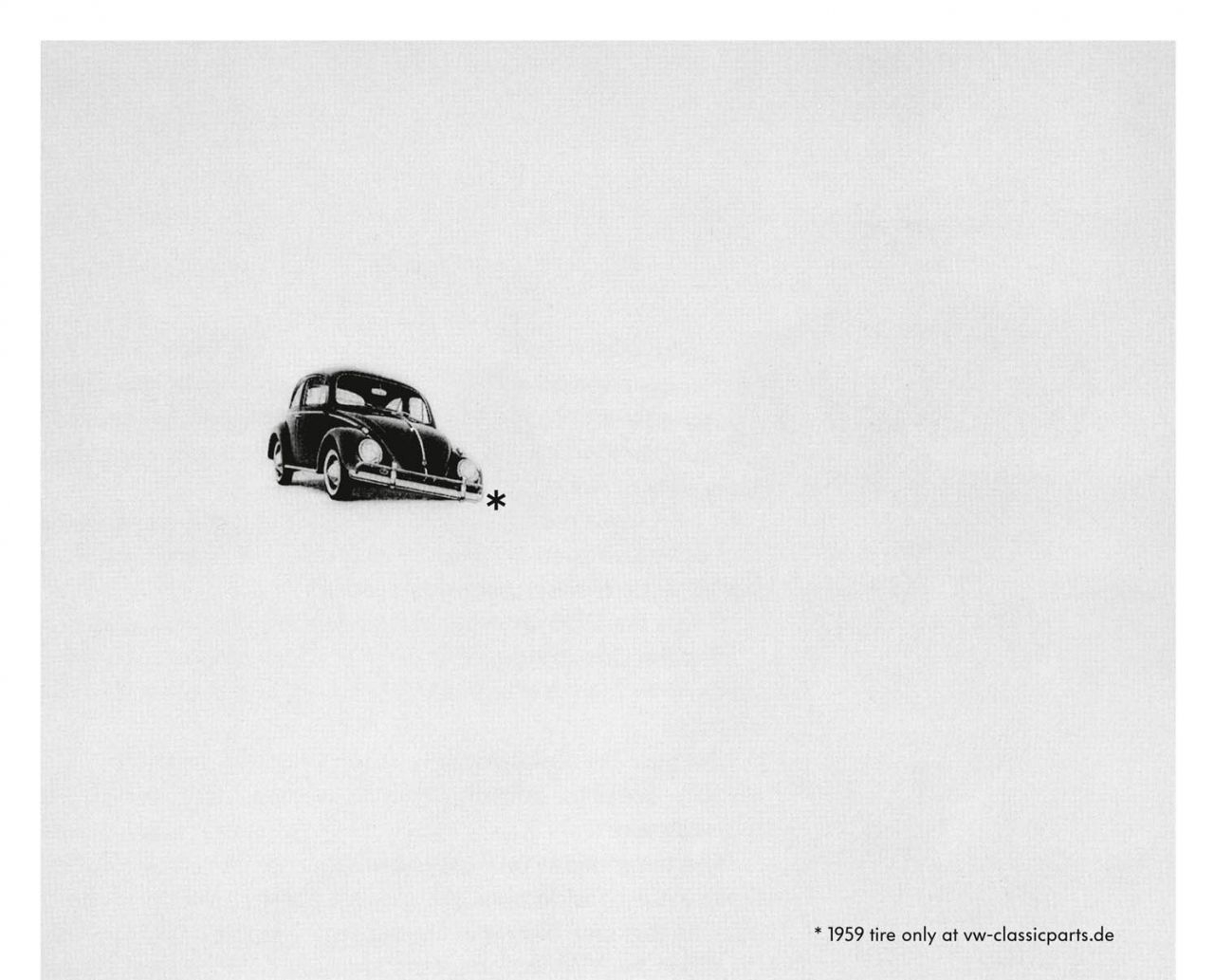
‘If you know, you know:’ Mastery as the new luxury
Luxury used to be all about the bling. Owning and parading designer handbags and sport cars with big brand logos on them were the ultimate ways of indicating one’s social position and status. But as that these material goods have become accessible to many, they have also become a far less useful way of displaying status. With that, we’re now forging a new idea of luxury. One that isn’t as much about what you possess and show, but rather more about what you know. Enter luxury’s new era: mastery.
Not too long ago, in an interview with the NYT, Balenciaga’s Creative Director Demna Gvasalia said: “beauty is in everything, if you know how to look for it. It’s too easy to think something is classically beautiful. It’s clear for everyone. You don’t need to think.” Similarly to classic beauty, that’s the thing about classic luxury: it’s too obvious, too easy. In a time when more people don’t just see but also own conspicuous luxury goods, it has become more valuable to see luxury where others can’t. It’s luxury that makes you have to think. Today, displaying status is just that: thinking, understanding, and showing that you know. So, what does this new era of luxury mean for brands in this space?
Speak to Your Consumer in a More Sophisticated Way
Well for one, luxury brands should start having a more intelligent conversation with their customers. Sure, sex still sells. But for too long has the standard been to have beautiful models on billboards as the way to sell luxury goods. Luxury consumers are ready to have a more deep and interesting discussion, one that makes them have to think.
Few brands have understood this changing luxury landscape better than Gucci. Since the arrival of Alessandro Michele, the Italian luxury house has undergone an incredibly successful transformation from sexy to cerebral, which has turned it from irrelevant to one of the global powers of luxury goods today.
During Gucci’s latest show at Milan Fashion Week, the fashion community watched in awe and confusion as the brand models walked the runway carrying realistic replicas of their own head. What did it all mean? Everybody was eager to find out. According to creative director Alessandro Michele, it was inspired by the 1984 essay “A Cyborg Manifesto” by Donna Haraway, an essay that critiques the idea that people must fit within predefined boundaries. “We are all the Dr. Frankenstein of our lives. Inventing, assembling, experimenting,” he said, with identity as expressed through clothes which “can accompany you while you develop an idea of yourself.” Through his brand, he asked consumers to “look after your head and thoughts” and invited them to question and explore identity in new, bold ways. Those who understood the metaphor behind it all then felt special and ‘in the know,’ as only true luxury consumers today would know.
Develop a New Set of Codes
That’s the thing about masterful luxury. It isn’t easy to see or understand the way traditional luxury is. It requires education and knowledge. It’s entails being part of certain groups and being in the know. This means that, as a luxury brand, you need to go beyond high-quality products and traditional luxury rules to create a new set of codes that play into that knowledge and tells you: ‘if you know, you know.’
As many other LVMH brands, Rimowa is an example of a brand that has leaned into this new luxury playground. What has made the luggage brand successful over its 120 years of existence isn’t just its high-quality and immediately recognisable aluminium cases. More than that, it’s the codes that it has developed around it that signal that if you have a Rimowa, you’re part of an “unspoken club” of expert travelers.
While subtle in its design, those in the know can easily recognize the product’s architectural elegance and efficiency in a way that it is invisible to most people. But it’s that invisible status mark – of efficiency and expertise – that is the brand’s true strength. Inexperienced travelers, with their bags falling out of their overhead bins, jamming their seats or standing in the way, are often the ones who people notice. But those carrying a Rimowa luggage signal that they are well-traveled and know how to navigate the travel tensions to the point that they go almost unnoticed to most people. Except to other expert travelers who possess this same connoisseurship necessary to understand these subtle yet distinctive codes.
Keep Your Fans Guessing
In an age in which consumers are accustomed to accessing any kind of information with just the click of a button, cracking these unspoken codes and markers surrounding your brand becomes extremely aspirational. Achieving mastery is a never ending road and thus, it is key for luxury brands to make us work for them, as we value them higher when they do.
Part of it is about teasing and keeping consumers guessing in a way that captures their interest and brings them along for the long ride. As a recent NYT article stated: “luxury is an exercise in projection and a guess about what’s next.” To a great extent, Gucci’s show was a success before it even started because of the anticipation that was built around it. As an invitation to the event, Alessandro sent a timer that counted down to the event. That’s all it was, there was no other information provided regarding what the show would actually be like or about. But everybody formulated their own guesses of what’s next, of what it would be. Ultimately, that’s what fueled the conversation.
That’s the other part of it: luxury brands need to leave some mystique and room for interpretation for consumers to play with. People like to think they have the luxury to think for themselves. They don’t want a brand dictating what they should think. At the end, they may end up thinking of it that way, but they like to believe they arrived at that knowledge by themselves. Ultimately, that is why Gucci may say where it got its inspiration from to point them in the right direction, but it never tells all. That’s for the consumers to figure out.
This new era of luxury calls for brands to do things differently. It’s time to break away from the traditional codes and embrace the complexity and uncertainty that come with a new set of rules that give consumers the meaning that they crave. We need to understand that luxury consumers don’t want to be associated with a brand just because every other celebrity owns it anymore. Instead, they desire brands that signal that they think, understand and know in ways that not everybody can. Because, at the end of day, mastery is one of the few things left that money can’t easily buy. Isn’t that true luxury after all?
I _____ in #mycalvins Campaign:
An example of millennial marketing done well.
As a co-founding member of the National Millennial Community who assists top executives from corporations like Coca-Cola, IBM or PUMA to help them better understand the needs, interests and aspirations of the millennial generation, people often ask me: what do you consider an example of a successful marketing campaign to millennials?
There are many cases that come to mind, such as Bud Light’s “Up for Whatever” Campaign. But one that cannot be missed as an primary example of millennial marketing done right is Calvin Klein’s #inmycalvins Campaign, as clearly proven by its wild success.
Calvin Klein is a brand that, with this campaign, demonstrates that it just gets millennials. But what is the secret to millennial marketing success? Let’s explain by unpacking this amazing campaign.
First of all, what needs to be mentioned and what I often discuss with these executives is that marketing strategies that have been developed when Baby Boomers were young adults are no longer applicable to millennials. For example, the AIDA model (that stands for Awareness, Interest, Desire and Action) which has been the foundation for brand campaigns for the past decades just does not work well for the most digitally driven population of consumer to date. And this is something many companies still fail to understand. Why do they not work anymore? Because they were created in order to appeal to a very linear path to purchase. Millennials, however, do not function in a linear way, because their constant digital and mobile engagement allows them to interact with brands more directly and at a faster rate than ever before.
Calvin Klein, however, has understood this shift very well and has already adapted a new way of thinking in how it markets to consumers. With this campaign, it won millennials over because it threw out the window the old AIDA model and instead focused on creating a brand that is alive, dynamic and thriving. It used a new model that looks much more like this, what some call “the Brand Atom Model.”
Let’s break down this model to better understand how it works and how it explains why Calvin Klein’s campaign was a wild success in marketing to millennials.
In the center of the model, we have the so-called “ENERGY” that surrounds the campaign.
The "Energy" is the center of the model, absolutely crucial to the success of the any millennial marketing campaign, and whether this energy is generated depends on it developing 2 things: positive word-of-mouth & positive word-of-mouse.
Let’s start with positive word-of-mouth.
Why is it important? Because millennials do not care nor trust what a brand says about itself. Instead, they trust and care about what “real people” have to say, meaning friends, family, peers and even random strangers. Just think about it. We live in an age where people trust what a random person they don't know says on their review on TripAdvisor much more than what an official review company like Zagat or the business that is being reviewed itself have to say.
As Suzanne Fanning, President of Word of Mouth Marketing Association, put it very well: “Millennials are the most connected generation of buyers the world has ever seen, but they don’t trust companies or CEOs – they trust their friends and connections, and they want to hear about real experiences from real people.”
This means that, as a brand, you should not focus as much on what you say about yourself, but rather on trying to get others to talk for you.
The first step is, thus, that you have to make sure your customers are happy and satisfied, so that they will positively talk for themselves.
The second step, since these millennials trust and want to hear real opinions from real people, is to ensure that you provide them with easy ways for them to share these opinions, which gets to my second point: generating positive word-of mouse.
In short, get people to talk about you, share your content and spread awareness.
Focusing on generating word-of-mouth and word-of-mouse is exactly what Calvin Klein did with this campaign.
Calvin Klein understood that an unpaid, authentic posts by a friend endorsing a brand is more powerful to young people than obviously paid-for influencer posts, a print ad, or a celebrity endorsement.
That is why it first generated positive word-of-mouth by carefully selecting top millennial influencers such as Kendall Jenner and Justin Bieber, encouraging them to share their own #inmycalvins posts in an authentic, natural way.
In this first step, brands must be extremely careful because millennials are quick to catch on and critical when a brand isn’t being authentic - or - trying too hard. But what Calvin Klein did was adjust their strategies to speak to millennials without overhauling their entire look and voice. This campaign tied together young millennial passions, interests, and beliefs in perfect harmony, while still staying true to their brand. The campaign’s content was authentic, non-disruptive, and looked like the type of content a young millennial would create themselves. And guess what… they did create it because, after they created positive millennial opinions through the popular influencers, they not only gave customers an easy way to not share their opinions on social media through the #inmycalvins hashtag, but they also invited them to be a part of the campaign themselves by encouraging customers to create and share their own personal content with their own personal and customized "I____ #inmycalvins" caption.
This hits right in the heart of millennials because if there are 2 things that millennials want is to:
1. Millennials want to be brand partners, not just brand customers.
2. Millennials want personalized, tailor-made content that gives them a chance to express their individuality.
In this way, Calvin Klein clearly created a campaign that is based on a PARTNERSHIP between the Calvin Klein brand and Calvin Klein fans / customers. It is this partnership is the piece that holds the entire model together.
Millennials do not want to be your customer, they want to be your brand partner. They want to engage and co-create with the brand. Calvin Klein gets that and that is exactly why, through this campaign, it tells millennials that they are a vital part of the campaign and a crucial partner to the brand. Without them filling in the blank between “I and #mycalvins” and sharing their personal content, the campaign means nothing. This makes millennials feel valued, and consequently they then value the brand for: giving their customers their a voice, and for counting on them to be a vital part of the creation process and of the brand. With this campaign, they have successfully allowed for millennials to take ownership of your product and/or brand and turns them into brand ambassadors, not just customers. What is more, the blank space that needs to be filled in between I and #mycalvins leaves room for the imagination, and makes millennials INTRIGUED. They do not know what to expect, and the intrigue and the invitation to imagine and guess ultimately motivates them to participate in filling in the blank themselves.
Moreover, millennials do not want one-size-fits all. They want and expect customized content, products and services that talks directly to them, and that provides them with opportunities to express their individuality. When Millennials were young—as with teens in previous generations—it was all about fitting in. They wore Abercrombie and Nike. They flocked to see the Spice Girls and N’Sync en masse. But no more. Today, more than any other generation, millennials desire to be seen as unique within a group. Once mad for popular brands like Tommy Hilfiger, now a majority of millennials reject trends to develop their own personal clothing style and favor companies and brands that provide them with ways to express their real, authentic and individual selves.
Through this opportunity to co-create with the brand and share their own personalized content in their calvins, millennials shared in an EXPERIENCE, not just with the brand, but also with each other.
Calvin Klein also realizes the value millennials place on experiences, and invited millennials to go create and define their own experiences "in their calvins," instead of defining their experiences for them - as many brands do.
But these experiences are not just about showing yourself in your underwear. It is about giving millennials value and MEANING. It is about being brave to show and express your real self, about being part of a community that encourages you to be authentic and different, and about connecting & building real relationships with people who like you for who you are.
To top it all of, the campaign touched on NOSTALGIA with the hashtag language refercing the iconic 1981 television ad for Calvin Klein Jeans that featured teenage Brooke Shields whispering "You wanna know what comes between me and my Calvin's? Nothing." In this way, CK leveraged the brand’s successful past, making it an important component of its present campaign.
Overall, Calvin Klein knocked it out of the park when it came to engaging millennial consumers with this campaign, as proven by its 451,601 photos on Instagram tagged #MyCalvins. The future of marketing relies on campaigns like Calvin Klein's that recognize that brands are no longer a static entity but instead are living and breathing organisms.
And this is what we call an example of millennial marketing done very, very well.
What a semiotic analysis of an ad tells us about our own culture.
This is an essay I wrote for my Communication & Media - Cultural Anthropology class.
The semiotic analysis of advertisements reveals cultural norms and values that are associated with a particular society or group of people. In fact, in order for people to decode meanings or effects of an advertisement, it necessary for them to do so within their own sign system, which depends on language, historical context and culture. In this particular case, I perform a semiotic analysis of the a contemporary print advertisement for Heinz Ketchup that will reveal such meanings and effects of our culture, such as the ambivalence that there exists in our society towards food - with people both desiring to be healthy and skinny, while also being indulgent.
In this advertisement, we observe many different semiotic concepts. In the first place, the slices of garden-fresh tomatoes and drawings of the label of the Heinz ketchup bottle on them are organized in such a way that together they look like a Heinz ketchup bottle. Therefore, we can say the whole figure that is made up by those elements is an icon of the Heinz ketchup bottle. At the same time, the picture of the slices of tomatoes is in fact iconic of tomatoes. Also, at the upper part of the figure found in the advertisement we find the top part of a tomato, which is the part of a tomato from where leaves come out. This slice of the top part of a tomato build on the upper part of the figure, which is iconic of the Heinz ketchup bottle, is more specifically an icon of the cap of the ketchup bottle. This could also be viewed from the other way around, as the Heinz ketchup bottle being an icon for a tomato.
In either way, in this advertisement campaign, the Heinz ketchup bottle as being sliced like a ripe tomato or the construction of tomato slices as being an icon of the Heinz ketchup bottle indexes that Heinz ketchup is purely made out of tomatoes. Thus, it indexes that Heinz ketchup is natural, fresh and has no added artificial preservatives. While ketchup is generally loaded with sugar and artificial preservatives, with this advertisement, Heinz tries to redefine the ingredients in ketchup by transforming the bottle into a healthy vegetable. In this way, Heinz attempts to change the general presupposition that there exists in society that ketchup is unhealthy and artificial.
This idea is consistent with the text found in the lower part of the advertisement that reads:
"No one grows ketchup like Heinz."
While ketchup is made in a factory and is by no means "grown," the particular usage of the word "grows" in relation to Heinz ketchup instead of the accurate usage which would be "produces" or "fabricates" indexes once again that Heinz ketchup is completely natural and in no way artificial.
In this way, the marketers behind this campaign again attempt to transform a sugary condiment into a wholesome, raw ingredient and try to attribute a “healthy” connotation to ketchup, and more particularly to Heinz ketchup.
The fact that the text is white is also very relevant to the message, since the color white in the Western culture is a symbol of purity, simplicity and cleanliness.
The usage of the color white in this sentence thus aligns with the meaning of the text and the Heinz bottle made of slices of tomatoes in again trying to index that Heinz ketchup is natural and made simply and purely out of organic tomatoes, with no artificial ingredients.
Moreover, the fact that
The ripe tomatoes that are arranged to build what looks like the Heinz ketchup bottle are stacked on one another in a disorganized way and not in a perfectly straight construction can also be seen as an index of Heinz ketchup being "real" and "natural," and not as a "fabricated" or "superficial" product.
Heinz presumes that, with this advertisement, its target audience will read these particular meanings of Heinz ketchup as being healthy and natural because of the shared code of the target customers.
With this product-image format advertisement,
Heinz responds to the demand of people in our nowadays society for natural, healthy food. This demand, which is causing people to move away from artificial and unhealthy food, comes from the desire of people in society to conform to social and cultural norms such as being "healthy" and, in particular, "skinny."
Such desire originates from the fact that a person who is seen as healthy and especially skinny is accepted in our society, since having
a thin body has become a symbol of "correct attitude."
(Bordo, 195)
In our society, having the "right type" of skinny body is an index of the person caring about oneself and about how one appears to others, "suggesting willpower, energy, control over infantile impulse, the ability to ‘shape your life’"
(Bordo).
Therefore, people are looking to index those attributes to others around them by eating healthily and achieving the “right” body. In this way, the advertisement consolidates a particular ideal of the human body in the Western society and perhaps promotes a healthier way of life.
This message can also be observed in the form of the Heinz ketchup bottle. Instead of being big, wide and short such as other ketchup bottles, the Heinz ketchup bottle is long and thin.
The form of the ketchup bottle can thus be seen as an icon of the form of the ideal human body, skinny and healthy, and as an index that the “natural” and “healthy” Heinz ketchup will contribute to one achieving that type of body and lifestyle, and become accepted in society in this way.
In this way,
Heinz responds to an ambivalence that there exists in society. Many people want to eat foods such as ketchup that are generally viewed as being unhealthy and that make you fat, which then indexes attributes such as undesirability and lack of control.
At the same time, however, people want to be skinny and have a healthy lifestyle in order to be accepted in society. With this ad, Heinz solves this problem by suggesting that you can eat Heinz ketchup, which is indulgent and desirable, while still remaining healthy and skinny.
Meanwhile, it indexes the ideology that the Heinz brand stands for, such as having a healthy lifestyle.
Even an advertisement about a universally known brand such as Heinz has the potential to be interpreted in different ways simultaneously. The interpretation is dependent on the values and norms of society and perceived because of the shared code of the target consumers. Customers can perceive the Heinz product as iconic of either tomatoes or ketchup and indexical of healthy or indulgent, or as a product that represents all of these ideas at the same time.
Advertisements, such as this Heinz ketchup ad, allow us to uncover deep social and cultural norms and fantasies that exist in a particular society.
New Nike ad campaign beautifully shows how anyone can
"COME OUT OF NOWHERE"
Three times a week, on my way to my internship at ad agency at Hill Holliday, I pass by the TD Garden in Downtown Boston. It’s always the same thing, the same view, and often the same people. But that day something stopped me when I arrived with the commuter rail to TD Garden. It was the new Nike ad Campaign. The posters of the new campaign were everywhere over the stadium, and were - as Nike’s ads always are - amazing.
The new "Come Out Of Nowhere" Campaign inspires everyone who's been overlooked to overcome the obstacles blocking their path to greatness.
"It's about how what seems impossible is actually probable, and that extraordinary effort could conquer what is deemed hopeless."
It’s the perfect “don’t let anyone tell you what you can do and cannot do” type of campaign.
While I directly understood the insights and messaging behind the campaign, perfectly consistent with Nike's brand identity and in line with its iconic “Just Do It” slogan, I must admit that I myself am not a huge NBA fan... so I had to do a bit of research. I then understood that “come out of nowhere” also referred to LeBron’s famous chase down block during the NBA finals season. The comments that LeBron makes during the ad are also things that he’s had to overcome or received hate for over his 14 year career, “you’re not suppose to play 40 minutes”, “you’re not suppose to pass the ball so much”, “you’re not even suppose to be here”.
The TV commercial also shows girls who play basketball with the boys, and how the little one takes the ball from the big ones, and stars rise up above the rest. These kids come out of nowhere - one of them grew up to be LeBron James. Stories like LeBron’s evoke an immediate human, emotional response in viewers that lead them to ask, “if they can do it, why can’t I?”
As always, Nike succeeds to enthuse us with the underdog story of perseverance and triumph.
Nike is still the leader of empowerment marketing. The soulful brand has always been at the top for inspiring and smart ads and commercials, but this one has to be up there as one of the best. The way they tied the slogan into motivating people not to give up is one of a kind. You never fail to impress, W+K.
My Winning Business Case Study.
"Birchbox: The Ultimate Destination for Experiential Millennials"
This is my marketing case study for the company Birchbox, which I wrote for the 2016 YMA Fashion Scholarship Fund Competition.
I was honored to win the competition, and therefore was awarded a scholarship, an internship in the field, and a mentor who is a leader in the industry.
Please click on the link below to view the case study:




